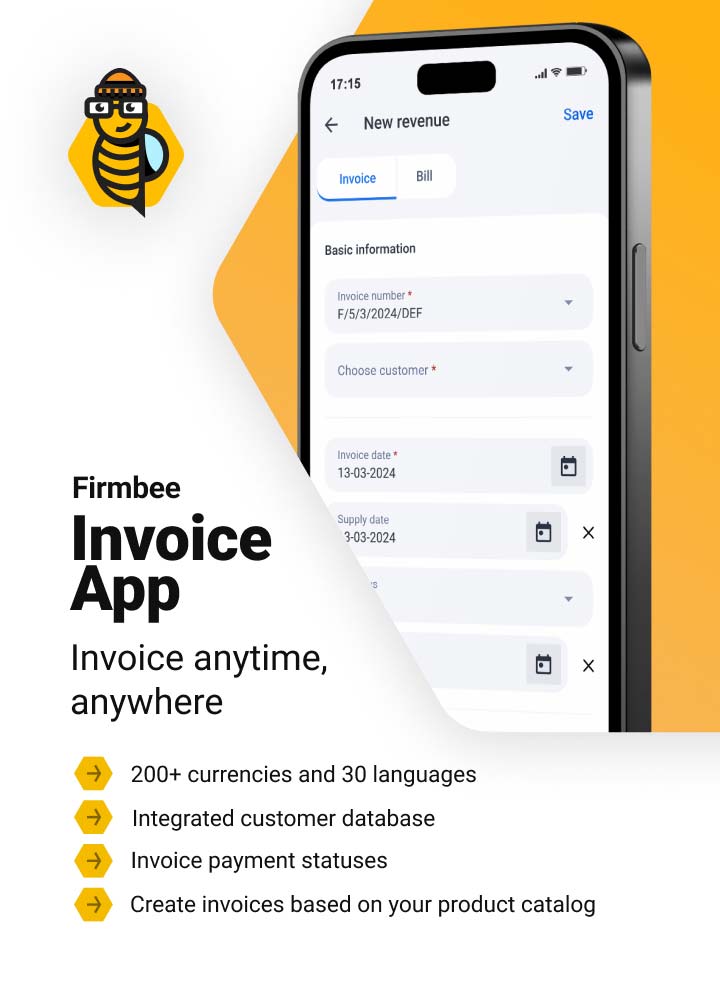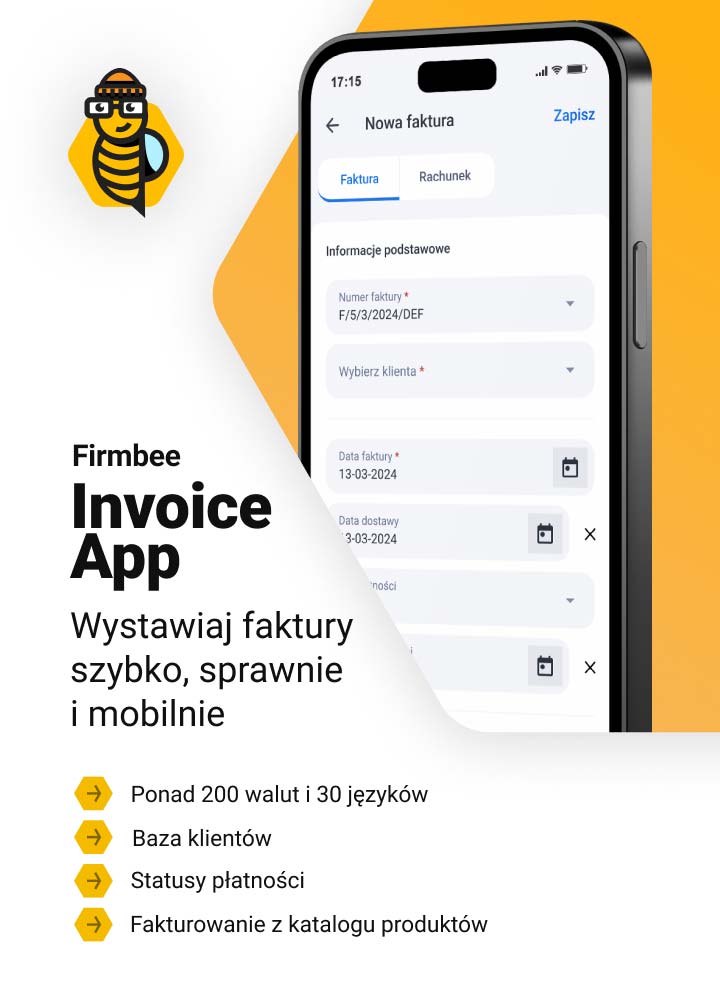Scrum and Kanban help teams focus on delivering customer value in an efficient and organized way. They facilitate team collaboration and set clear rules. But how to actually use these tools when creating and managing a digital product? Let’s learn more about Kanban and Scrum in product management.
Scrum and Kanban in product management – table of contents:
Introduction
Tools for digital product management are not only technologies used in software development but also methods of working with people (link 49). They are the key to your product’s success. In an era where technology is advancing at an unprecedented rate, developing communication skills and quickly adapting to changing market conditions become crucial. This is where Scrum and Kanban frameworks come to the rescue, offering flexible and effective methods for managing digital products. They both help teams focus on delivering customer value in an efficient and organized manner.
What is Scrum?
Scrum was created by two IT specialists, Jeff Sutherland and Ken Schwaber, in an attempt to find a way to make development teams more productive.
Scrum is an approach to project management that revolves around breaking work into short, time-boxed iterations known as sprints. It promotes regular meetings and continuous improvement. For instance, a product team may use Scrum to plan two-week sprints and review progress at the end of each sprint.
What is Kanban?
Kanban, on the other hand, is a method of visualizing work that helps teams better manage their workflow. The word Kanban comes from Japanese and literally means “sign board.” Indeed, Kanban involves organizing tasks using boards placed in the appropriate column of a table and reducing the amount of work in progress. For example, a support team can use Kanban to visualize customer queries and prioritize tasks based on urgency and importance.
Scrum and Kanban = Scrumban
Scrumban is a hybrid of Scrum and Kanban that combines the best features of both methods. It was invented by Corey Ladas. It allows teams to benefit from both the iterative nature of Scrum and the visualization and reduction of work-in-progress offered by Kanban.
While managing a product team, Scrumban is perfect for both scheduling work and simultaneously monitoring progress and the number of incoming queries.
Kanban vs Scrum. Which is better?
However, if you want to choose between Scrum and Kanban, it’s best to base your decision on the specifics of the project. If you are planning a significant change in your project, Scrum might be a better choice. For instance, if you are working on a prototype and creating a completely new application from scratch or building a new team, Scrum will help in organizing work and monitoring progress.
In contrast, if your product is already on the market and requires continuous value delivery, as well as a rapid response to customer feedback, Kanban may be a better choice. For example, it can help manage customer queries efficiently.
In a nutshell, Scrum is often used for projects that have clearly defined requirements and longer deadlines. Kanban, in turn, is ideal for projects that require continuous delivery of new features or improvements and dealing with a great number of small tasks.
Examples of Scrum and Kanban in product management
Scrum and Kanban are widely used in product management, not only in the digital realm. For example, Toyota uses Kanban to manage car production, while Spotify uses Scrum to manage its development teams. Using these agile methods for product development is also appreciated by:
- Pixar – a popular animation and film studio with more than 1,500 employees, uses Kanban boards to manage workflows between different departments, including concept sketching, modeling, and production management.
- Zara – a popular clothing company uses Kanban to manage its production process. Kanban boards help team members coordinate work and track the status of each task until it is completed.
- Microsoft – this tech giant uses both Kanban and Scrum frameworks. Kanban boards are used for visualizing work and reducing work in progress, helping teams work more efficiently. With Scrum, Microsoft divides its projects into sprints, which last between one and four weeks, allowing for faster delivery of new features.
- Intro to product management
- What is the role of a product manager?
- Why is product lifecycle management important?
- How to build an efficient product strategy?
- OKRs vs SMART goals. Which framework drives better results?
- How to define a value proposition?
- Identifying customer needs and market segmentation
- Crafting a winning product concept. Techniques and steps
- Gaining an edge with an effective product roadmap
- Prototyping your digital product
- How to build an MVP?
- MVP vs MMP vs MMF. Key milestones in product development
- Mastering hypothesis testing
- Proven methods for improving product quality management
- Strategies and tactics for a successful product launch
- Driving profitability through product optimization
- Measuring product success
- How to price a product? The most popular pricing strategies
- The future of product design. Top trends and predictions
- When to retire a product? Key factors influencing EOL decisions
- Agile in product management
- Scrum and Kanban in product management.
- What is lean product management?
- Jobs to be Done. Creating products that customers truly need
- What is growth hacking?
- What is data-driven product management?
- A/B testing in product management
- Useful product management templates. Where to find them?
- Strategyzer tools in product management
- 5 useful product management tools
- How to create and manage product documentation?
- 6 essential tools for product managers
- How to use AI in product management

Summary
Both Scrum and Kanban offer unique benefits for teams managing digital products. However, whichever approach you choose depends on the specifics of your project and the needs of your team. Regardless of your choice, the key to success is understanding the basic principles of these frameworks and applying them correctly. Although not all tools for managing digital projects are software-based, it’s worth using Kanban boards available, for example, in Firmbee.
If you like our content, join our busy bees community on Facebook, Twitter, LinkedIn, Instagram, YouTube, Pinterest, TikTok.
Author: Andy Nichols
A problem solver with 5 different degrees and endless reserves of motivation. This makes him a perfect Business Owner & Manager. When searching for employees and partners, openness and curiosity of the world are qualities he values the most.


















